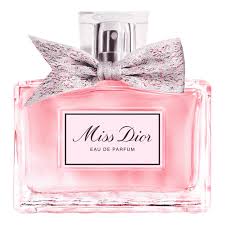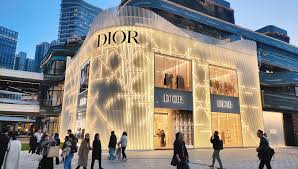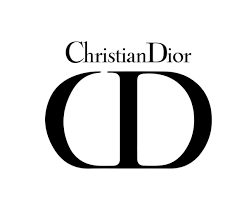Christian Dior, a name that resonates with unparalleled elegance and innovative design, has been a beacon of luxury fashion since its establishment in 1946. The journey of it began with the vision of a man who redefined the fashion landscape and transformed haute couture forever.
Genesis of a Fashion Icon
Born in 1905 in Granville, Normandy, Christian Dior had a passion for art and architecture. His family wished him to do political science, but it followed his creative instincts and opened an art gallery in Paris. That was the beginning of his creative journey. The economic crisis of the 1930s forced the closure of the gallery, which pushed Dior into the world of fashion.
From Sketches to Haute Couture
He began to sell his fashion designs to the couture houses as his first entrance into the industry. In 1938, he became an assistant to couturier Robert Piguet, where he honed and perfected his talent. However, the World War II interrupted his career as he was called into the French army.
After the war, it resumed his fashion journey, working with Lucien Lelong. This period sharpened his design philosophy, which revolved around luxury, femininity, and elegance. His breakthrough came in 1946 when textile magnate Marcel Boussac supported him in founding the House of Dior at 30 Avenue Montaigne, Paris.

The Revolutionary “New Look”
Christian Dior launched his first collection in 1947, which was a sensation overnight. It was the collection that introduced the world to the “New Look,” a term coined by Harper’s Bazaar editor Carmel Snow. Rounded shoulders, cinched waists, and full skirts were part of the design that celebrated femininity and opulence.
The “New Look” was utterly revolutionary from the perspective of austere wartime style, with lavish chic for women. This legendary collection did not only redefine women’s styles but helped Paris regain its position as the world’s fashion capital.
Extending Dior Empire
With the success of the “New Look,” Dior expanded his brand’s reach. In 1947, he launched “Miss Dior,” his first fragrance, named after his sister Catherine. This marked the beginning of it’s journey into a holistic luxury lifestyle brand, offering fragrances, accessories, and eventually menswear.
By the 1950s, Dior had become a global name, with boutiques opening worldwide. His commitment to elegance and innovation ensured the brand’s widespread appeal, transcending borders and generations.

Leadership Transitions and Evolution
Christian Dior’s sudden death in 1957 marked a turning point for the brand. His 21-year-old assistant, Yves Saint Laurent, was appointed creative director. Saint Laurent carried out the legacy of it but infused his own youth and modernism in creations such as the “Trapèze” line in 1958.
Some creative directors who had a tenure in Dior were Marc Bohan, Gianfranco Ferré, John Galliano, Raf Simons, and Maria Grazia Chiuri. Each creative director brought to the brand something of their vision while remaining committed to the ideals of elegance and innovation at Dior.
Modern Dior: Where Tradition Meets Innovation
Dior continues to lead the trends under the leadership of Maria Grazia Chiuri for women’s wear and Kim Jones for men’s wear. Chiuri, the first woman to lead the house, has been infusing feminism and craftsmanship into her collections, often collaborating with female artists.
Kim Jones, appointed in 2018, has brought a contemporary flair to it’s menswear, blending masculine and feminine styles seamlessly. His work has been celebrated for pushing boundaries while honoring the brand’s heritage.
Dior’s Enduring Legacy
Dior’s impact is far more than just clothing. The company has been patronized by royalty, celebrities, and cultural icons in general, further entrenching its position as a luxury status symbol. A visit to any of the museums like the Musée des Arts Décoratifs in Paris that host the history of it attracts thousands, which reflects a long-term interest in the brand.
Dior is committed to innovation, craftsmanship, and artistry, inspiring generations of designers and fashion enthusiasts. Its ability to evolve while maintaining its core values ensures that it remains at the pinnacle of luxury fashion.

Conclusion
From the revolutionary “New Look” to its modern interpretations of elegance, it remains a beacon of innovation and style. The brand’s journey is a testament to its visionary founder and the creative leaders who have carried his legacy forward. Today, Dior stands as a timeless symbol of luxury, blending tradition with modernity to shape the future of fashion.

One thought on “Dior’s Remarkable Journey: A Triumph of Elegance and Innovation”